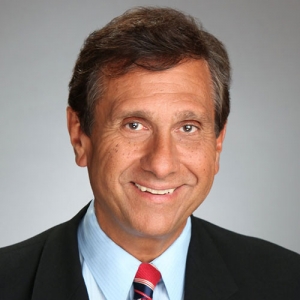Creating Going Concern Value
165
Annual Sales
36
Debt

Burger King Franchisee, Chicago IL
Challenge
125 restaurants located in Virginia, Illinois, Pennsylvania, Ohio, and North Carolina
- Private Equity Owned Company struggled to generate positive cash flow due to numerous unprofitable locations, rising labor costs, and food cost inflation.
- Substantial liabilities owed to Franchisor ($6M for Royalty and Marketing Dues) and Landlords ($2M for past due rent).
- In hot water with Franchisor over deferred Capital Expenditures (~$30M), the majority of which was for “brand reimaging” updates.
- At the time MorrisAnderson was engaged, Company expected to run out of cash in one week if a plan was not developed.
- Bank had risk of loss of over 85% on $36M loan.
- Prior consulting group calculated that bank needed to fund a $10M DIP Loan to sell the company in Bankruptcy.
Solution
- MorrisAnderson was engaged as Chief Restructuring Officer and worked with Management to quickly develop restructuring options.
- Immediately shut 35 unprofitable locations over Franchisor’s objection.
- Filed Chapter 11 Bankruptcy in Northern District of Ohio with a Stalking Horse bidder five months later to execute a 363 Sale.
- Because of shutting unprofitable locations and deferring selective expense payments, Company was able to operate in Bankruptcy using Cash Collateral and without a DIP loan.
- Engaged in negotiations with landlords for lease reductions.
- Prepared a thoroughly vetted Cash Collateral Budget for Chapter 11 process.
- Created a milestone-based Key Employee Incentive Plan (“KEIP”) compensation structure.
- Worked with Investment Banking firm to market the Company to ~400 prospective buyers and MorrisAnderson worked with Bank to allow Company time to improve EBITDA and sell the business.
Results
- Held a 363 Auction Sale, wherein restaurants were auctioned off by geographic markets.
- Sold 82 of remaining 90 locations to four respective buyers.
- Bank recovered 63% of $36M term loan, greatly exceeding original expectations of only a 15% recovery.

